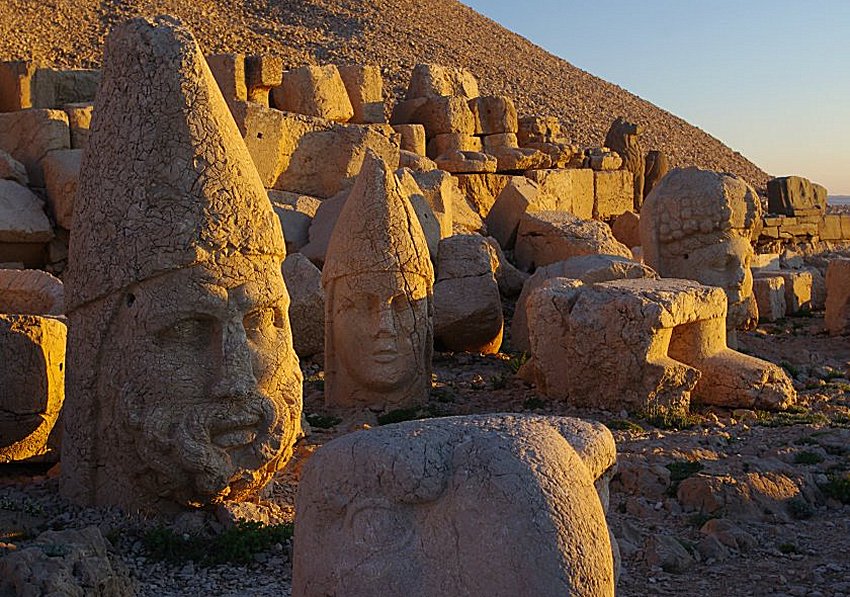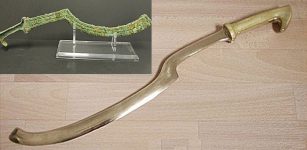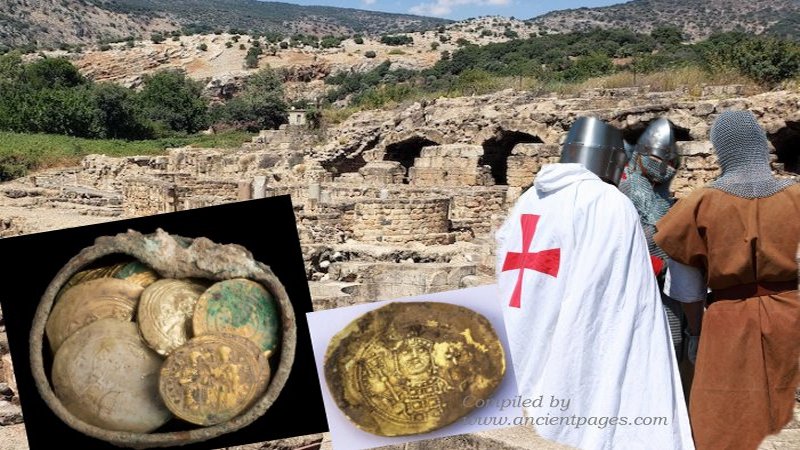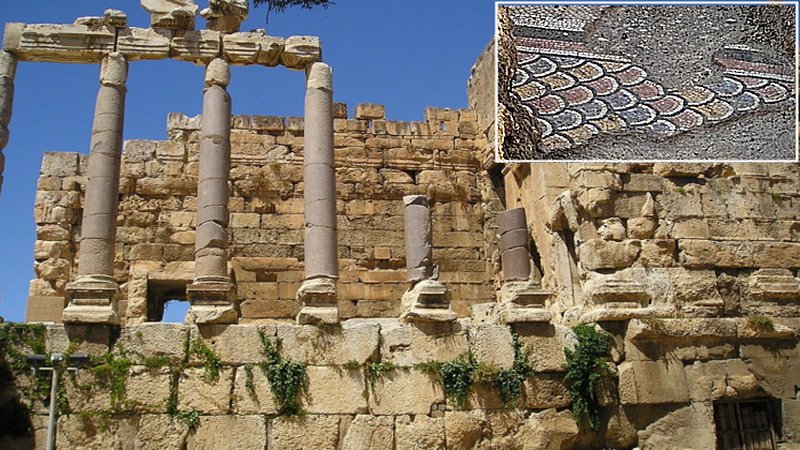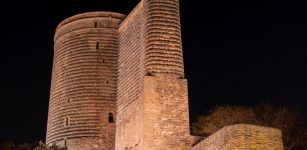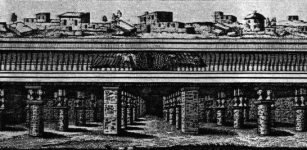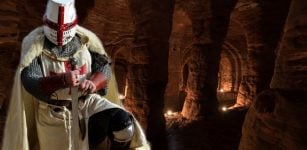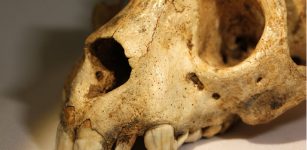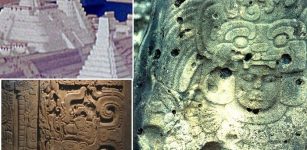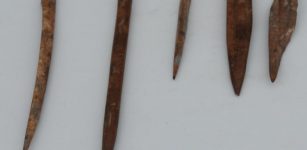Mount Nemrut: The Throne Of The Gods – An Awe Inspiring And Enigmatic Ancient Place
MessageToEagle.com – Mount Nemrut is an awe inspiring and enigmatic place located on one of the highest peaks of the Eastern Taurus mountain range in south-east Turkey.
We know this ancient place as Nemrut Dagi – the Hierotheseion (temple-tomb and house of the gods) built by the late Hellenistic King Antiochos I of Commagene (69-34 BC) as a monument to himself.
The unique mountain top shrine was completely unknown to all until its discovery in 1881. Archaeological excavations began for the first time in 1953 when the American School of Oriental Research conducted precise surveys of the site.
With a diameter of 145 m, the 50 m high funerary mound of stone chips is surrounded on three sides by terraces to the east, west and north directions. Two separate antique processional routes radiate from the east and west terraces.
Antiochus I’s sanctuary is flanked by huge statues 8-9 m (26-30 ft) high of himself, two lions, two eagles and various Greek, Armenian, and Iranian gods, such as Vahagn-Hercules, Aramazd-Zeus or Oromasdes (associated with the Iranian god Ahura Mazda), Bakht-Tyche, and Mihr-Apollo-Mithras.
These statues were once seated, with names of each god inscribed on them.
The Hierotheseion of Antiochos I is one of the most ambitious constructions of the Hellenistic period.
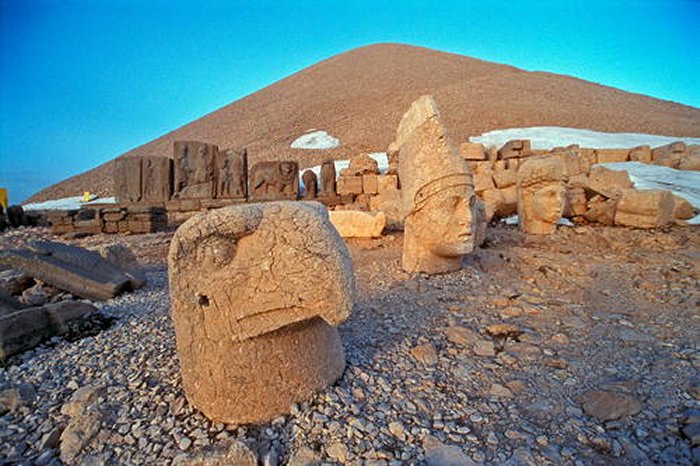
A highly developed technology was used to build the colossal statues and stelae, the equal of which has not been found anywhere else for this period. The syncretism of its pantheon and the lineage of its kings, which can be traced back through two sets of legends, Greek and Persian, is evidence of the dual origin of this kingdom’s culture.
See also:
Naqsh-e Rostam: Spectacular Tomb Complex With Rock Reliefs From Elamite To Sasanian Times
Mysterious Hakkari Stelae: Were They Carved By Inhabitants Of Ancient Kingdom Of Hubushkia?
Ancient Byblos: Powerful Phoenician City With Own Kings
Mysterious Ancient Civilizations And Places
However, the ancient kingdom of Commagene – a small mountain kingdom located in what was Asia Minor, in Eastern Anatolia – was relatively short-lived.
It conquered independence from Armenia in 163 BC and survived as an independent kingdom until 72 AD when it was incorporated in the Roman Empire.
The height of the tumulus has been reduced from its estimated original 60 m due to weathering, previous uncontrolled research investigations and climbing by visitors. It is also important to remember that the magnificent Nemrut statues are located within a first degree earthquake zone very close to the East Anatolian Fault, which is seismically active. Therefore, the tumulus, statues and stelae are vulnerable to earthquakes.
First version of this article was originally published on August 6, 2015
MessageToEagle.com


